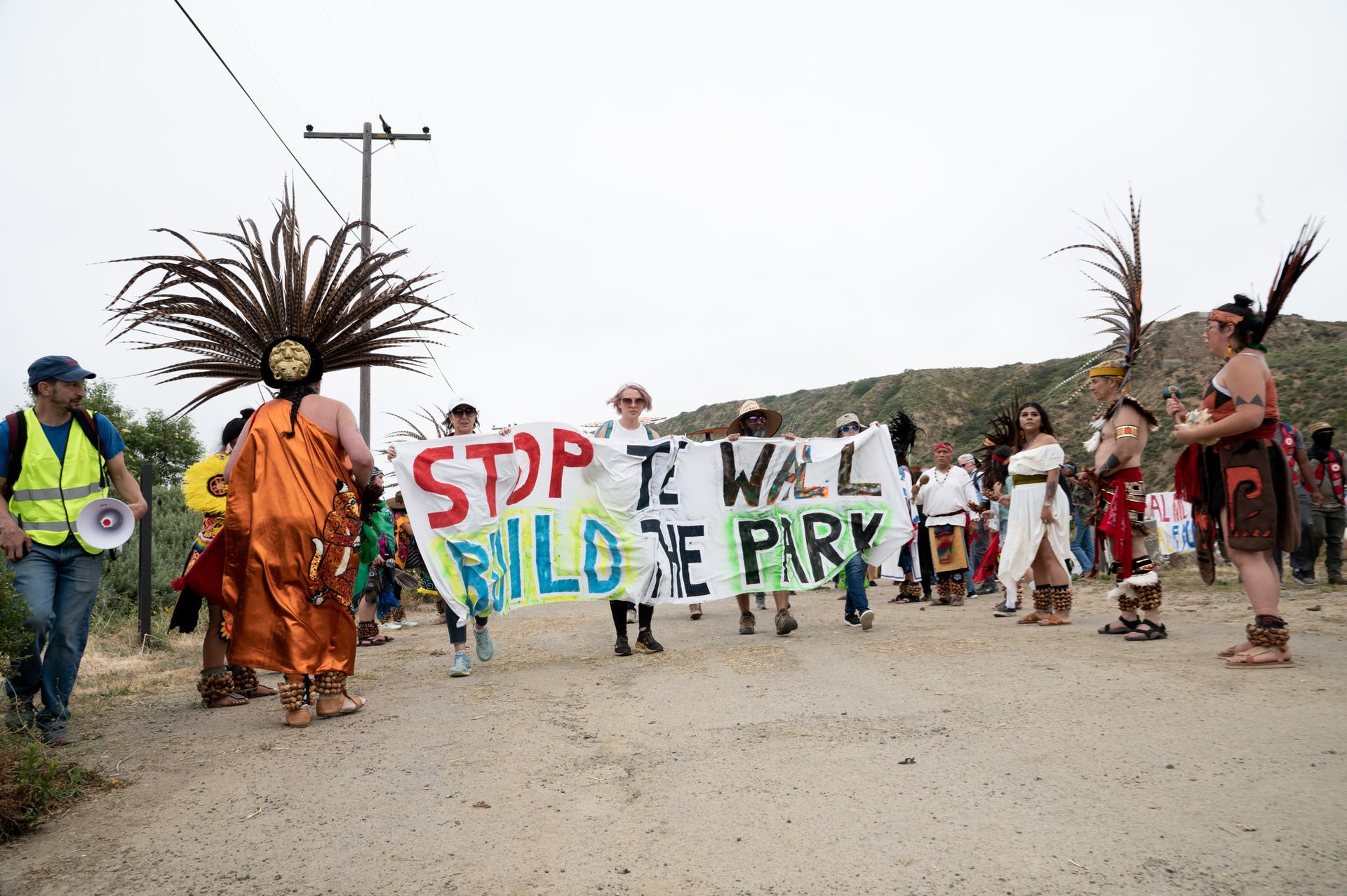San Diego doctor says height of the border wall is leading to more injuries from falls
On TikTok, you can find any number of videos showing people using various means to get over the wall at the US southern border.
In one, a couple on the Mexican side is filming a group of men shimmying up between the bollards, the vertical steel beams, then hooking a rope ladder to the top of the wall.
That’s the point when accidents happen. For several years now, in southern California, hospitals and doctors have been overwhelmed by patients who have fallen from the wall in the western part of San Diego county.
Neurosurgery resident Dr. Alexander Tenorio with the UC San Diego Medical Center has attended to many of those patients.
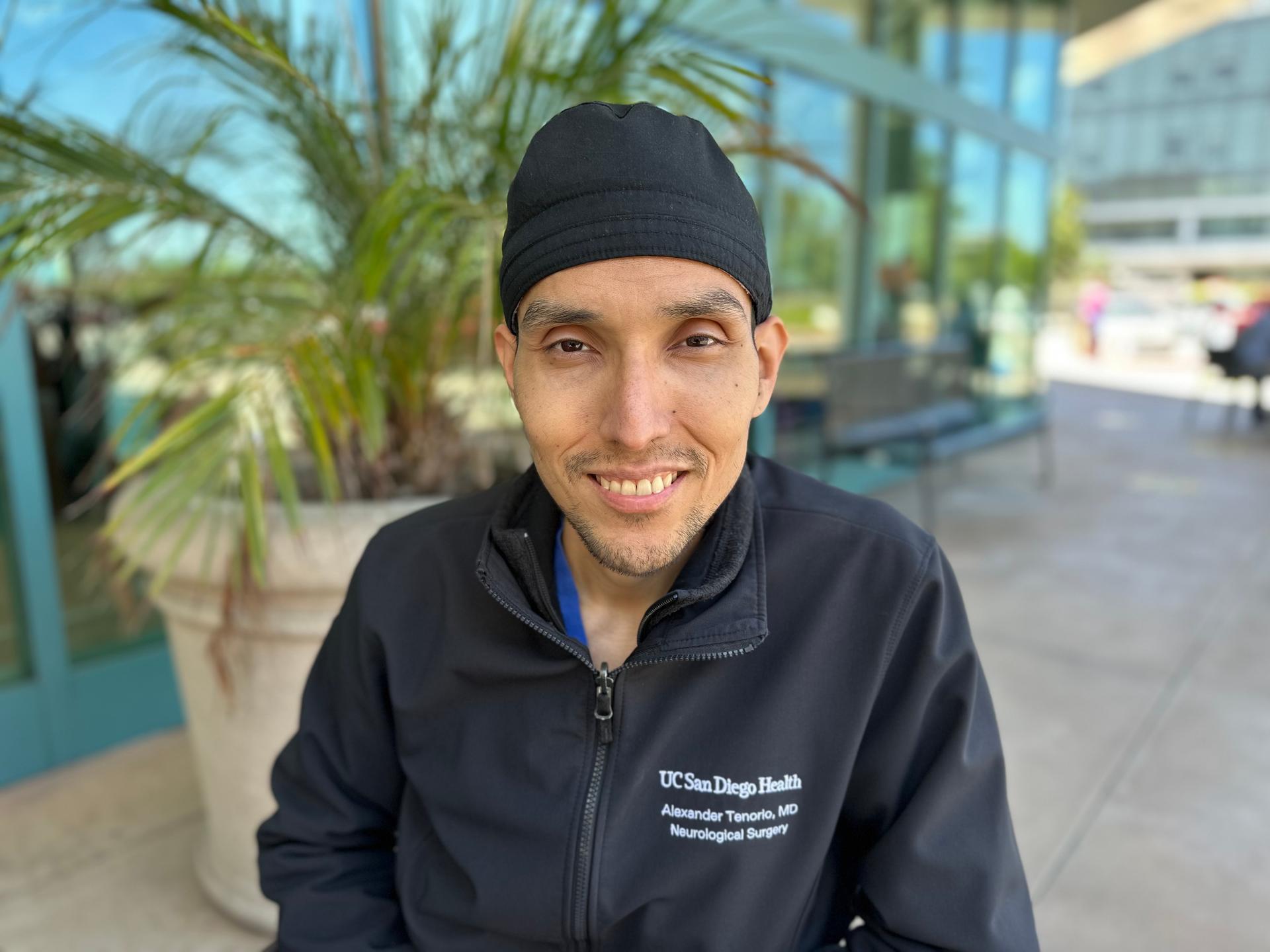
“A lot of these patients get to the top, and they don’t have much of an option either to jump down, or they attempt to scale down these beams,” he said. “And they end up falling and end up hurting their ankles, [or gettting] spinal injuries, brain injuries, whatever it may be, unfortunately.”
Sometimes, the injuries result in death. Over time, the number of injuries from those falls has gone way up, according to Tenorio, who has been tracking the data in the San Diego area since 2016.
He said that as the height of sections of the wall have increased from 18 to 30 feet — starting under former President Donald Trump and continuing now under President Joe Biden — the rate of injuries has followed accordingly.
The trend is taking a toll on the medical center.
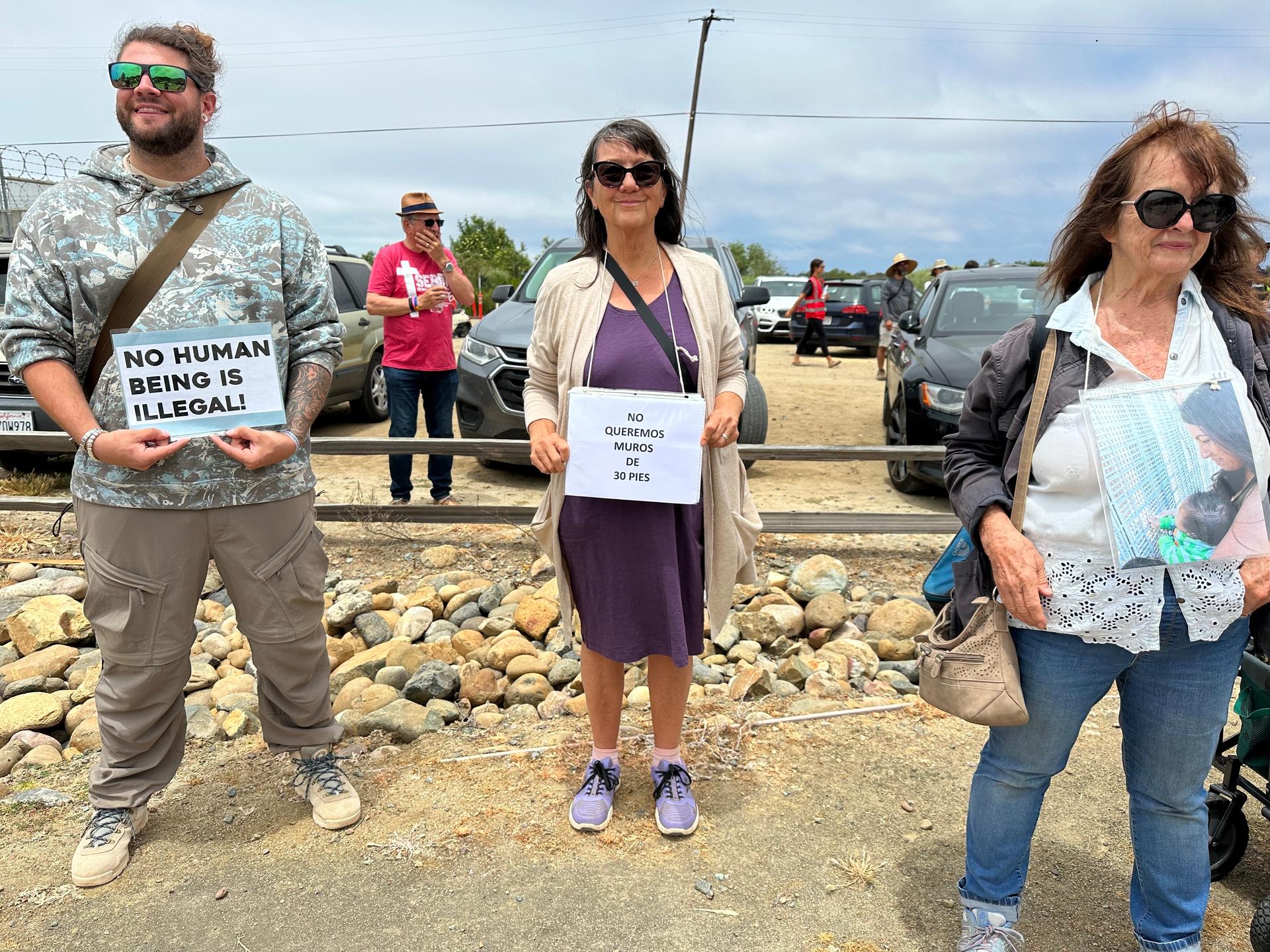
“There may be a point where it pushes us to the brink and … we won’t have the capacity … to treat the number of patients coming in.”
“In 2019, we saw border admissions in the 40s that year. In 2022, it was 311 patients from border falls that we admitted,” he said. “If it continues at this rate, there may be a point where it pushes us to the brink and, unfortunately, we won’t have the capacity — the physical and mental capacity — to treat the number of patients coming in.”
A strain on the hospitals
The San Diego area’s Scripps Mercy Hospital is also managing a rise in cases.
Dr. Vishal Bansal, chief of trauma at Scripps, said that he’s concerned about what he’s seeing, but he’s not sure it’s because the wall height is going up.
“I just don’t know the cause and effect. I mean, could it be directly related to border fence height?” he asked. “It’s certainly possible, but I can tell you my colleagues in Texas and Arizona, where there isn’t necessarily a border fence height, are seeing the same increase in the number of injuries. So, I think it’s more likely related to the sheer number of patients.”
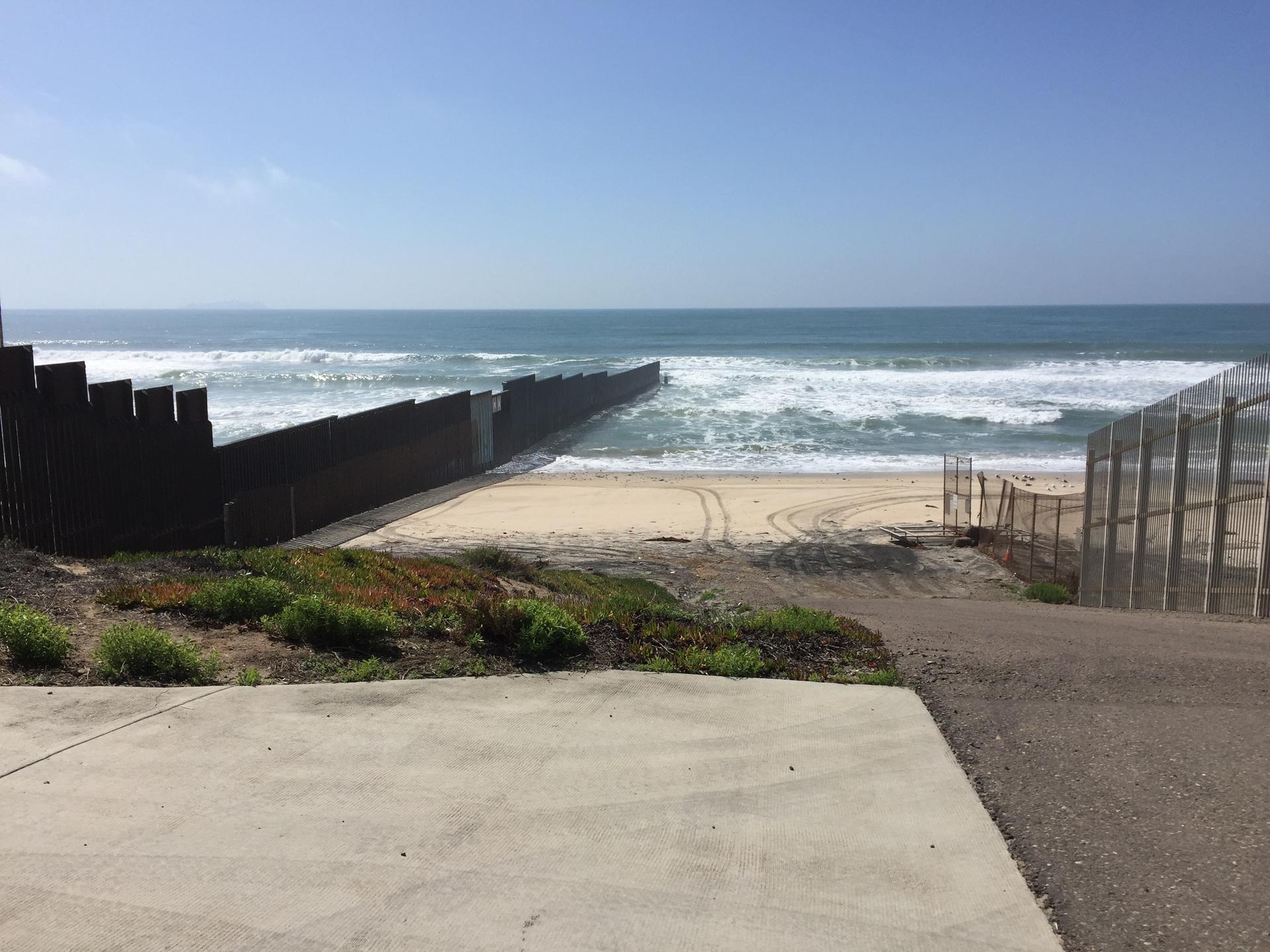
Regardless of the causes, Bansal said that these cases are putting a strain on the hospital. And although they’ve been able to handle it so far, “there was a point in time last November when we were actually beginning to halt elective surgeries because we had too many of these patients, so it could have a potential downstream effect.”
The situation, he said, is troubling on many fronts: “I’m alarmed by the real significant increase in the number of these patients. I’m alarmed from a humanitarian perspective, I’m alarmed by the difficulty that that puts on our hospital resources.”
Speaking out about the border wall
The doctors aren’t the only ones concerned about what’s happening at the border wall.
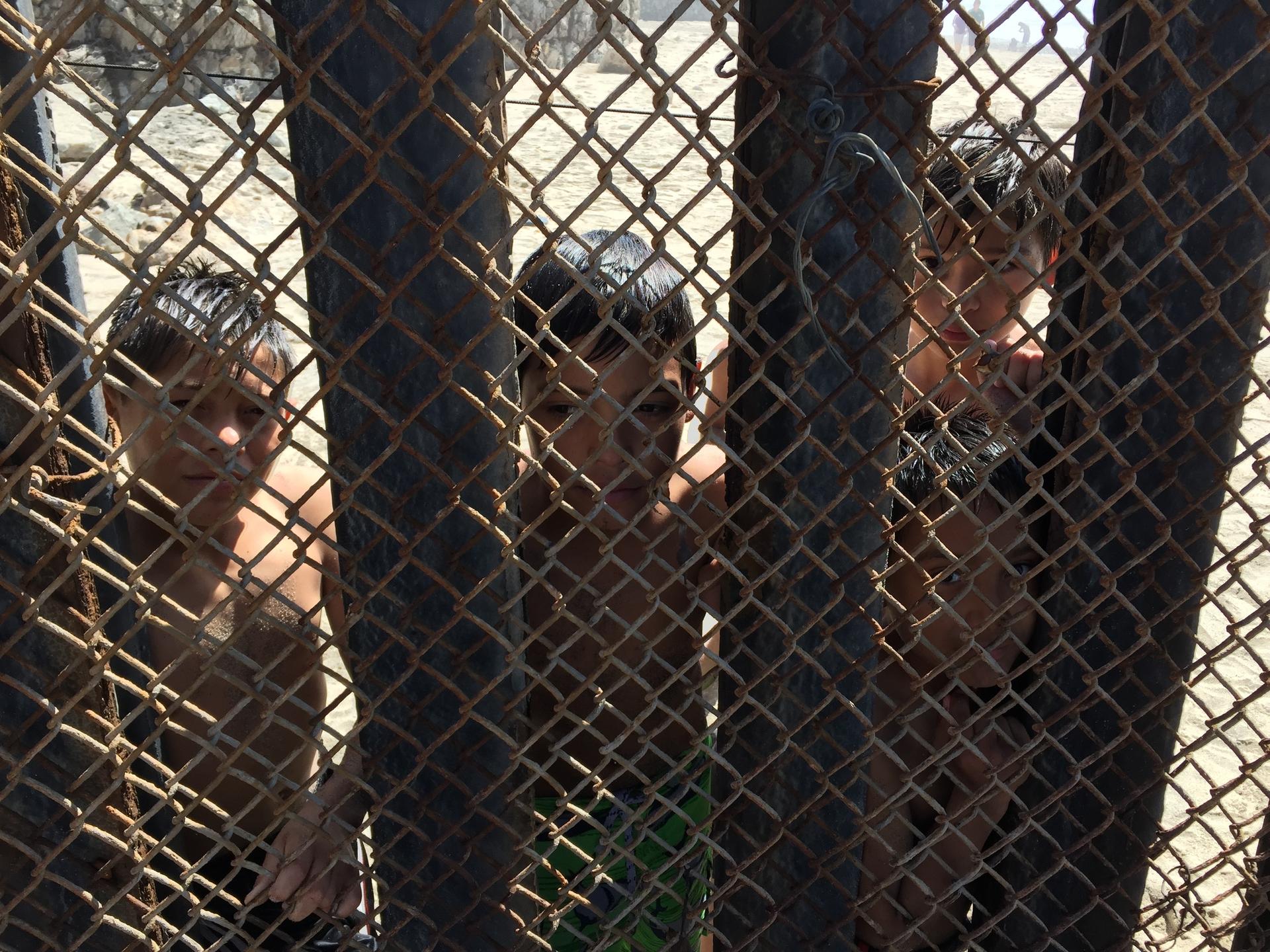
Musicians from the ensemble Fandango Fronterizo performed a few months ago at a rally at Monument Mesa, where the US and Mexico meet at the Pacific Ocean.
They were protesting the continued construction that’s raising the wall higher at one particular spot: Friendship Park.
Since First Lady Pat Nixon founded Friendship Park in 1971, it’s been a place where families separated by the border can meet, and even touch and shake hands through the gaps in between the bollards.
Rev. John Fanestil, a San Diego author and activist, spoke at the rally.
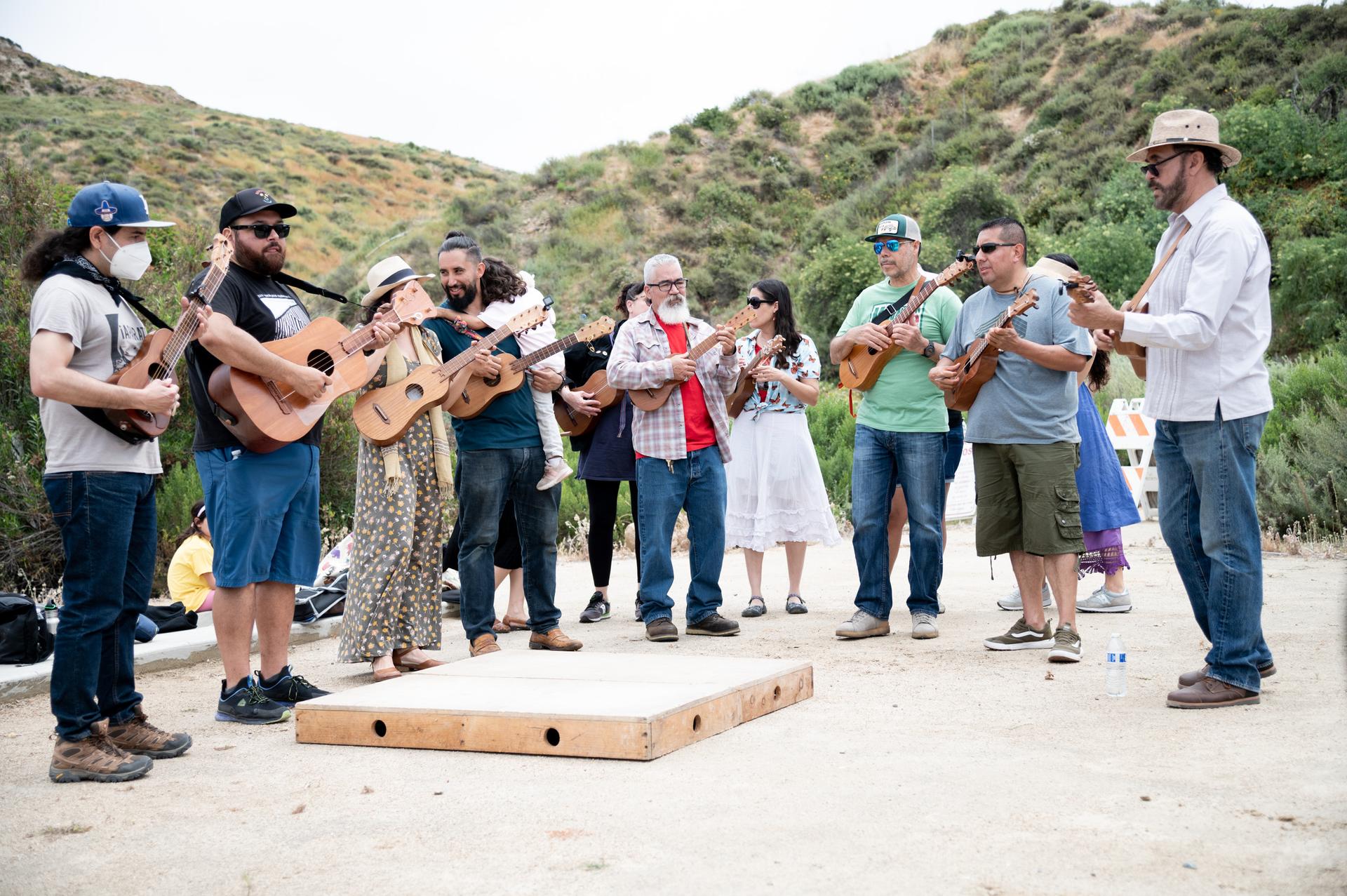
“We’re here today because the US federal government is actively building two 30-foot walls across Friendship park. Two 30-foot walls across a place that was first demarcated as a site of reconciliation between the peoples of the United States and Mexico.”
Tenorio said he sees a sad irony at the wall in Friendship Park: “It is supposed to be a place of peace, and instead, unfortunately, I fear it is going to be a place of horrific injuries.”
Tenorio himself has begun to speak out about the border wall and its impact.
Last spring, he traveled to Washington and met with White House officials and lawmakers on Capitol Hill, making the case to stop increasing the border wall’s height.
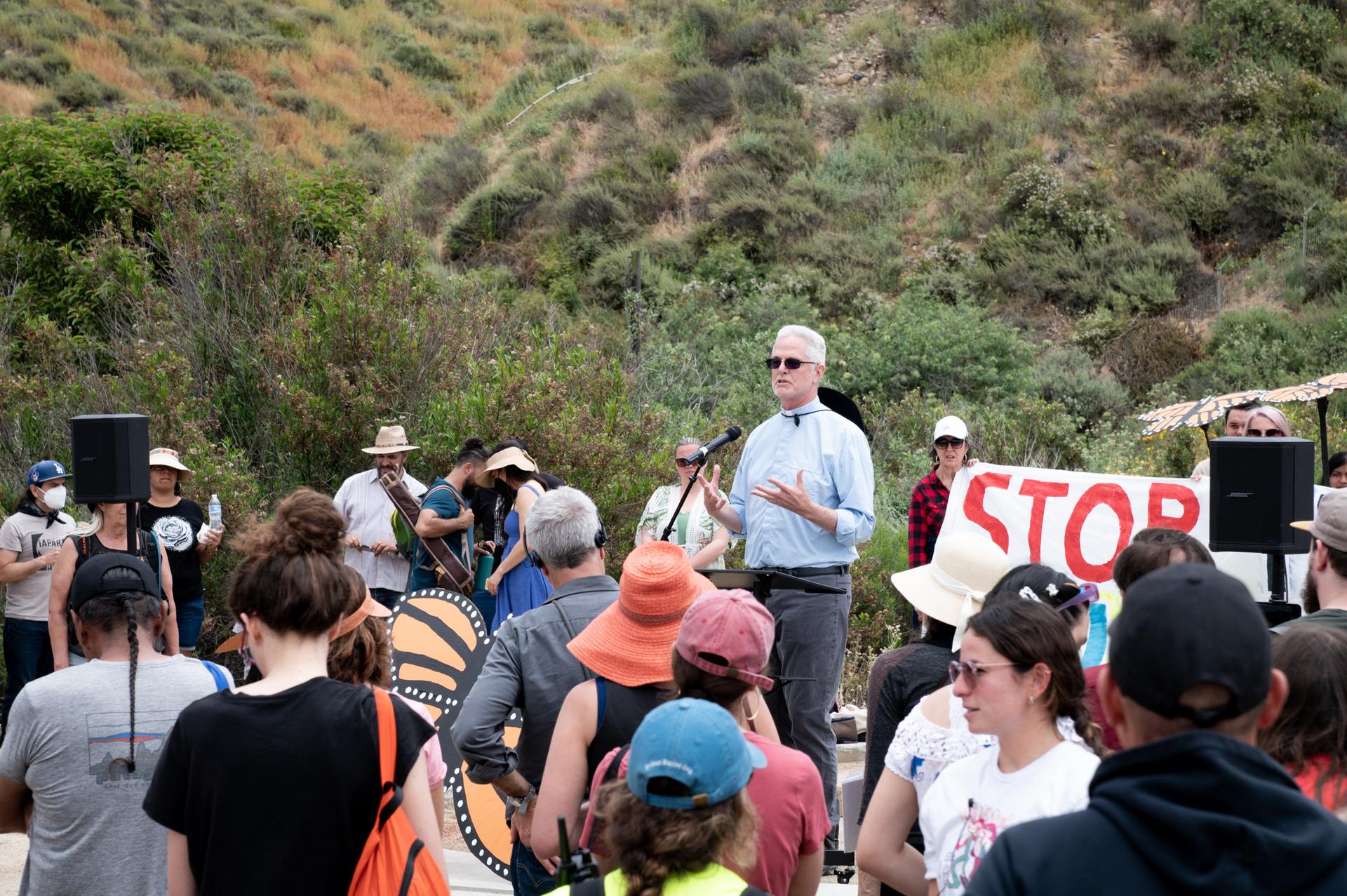
But Tenorio said that he knows from personal experience that the peril for many migrants begins long before they get to the border wall.
“My parents migrated from Mexico, my father, he left due to violent conditions, they threatened him with his life. Speaking to these patients, they’re running away from the same situations as he was. Conditions — violent conditions and economic conditions — that we would flee from.”
For many who endure the long trek north to the US border, whether the wall is 18 or 30 feet, they’re still going to try to get over it, he added.
Customs and Border Protection declined to speak to The World, but sent a statement, which reads in part: “CBP’s message for anyone who is thinking of entering the United States illegally along the southern border is simple: Don’t do it. When migrants cross the border illegally, they put their lives in peril.”
Related: As Title 42 ends, more migrants from South America are crossing the Darién jungle en route to US
We want to hear your feedback so we can keep improving our website, theworld.org. Please fill out this quick survey and let us know your thoughts (your answers will be anonymous). Thanks for your time!
